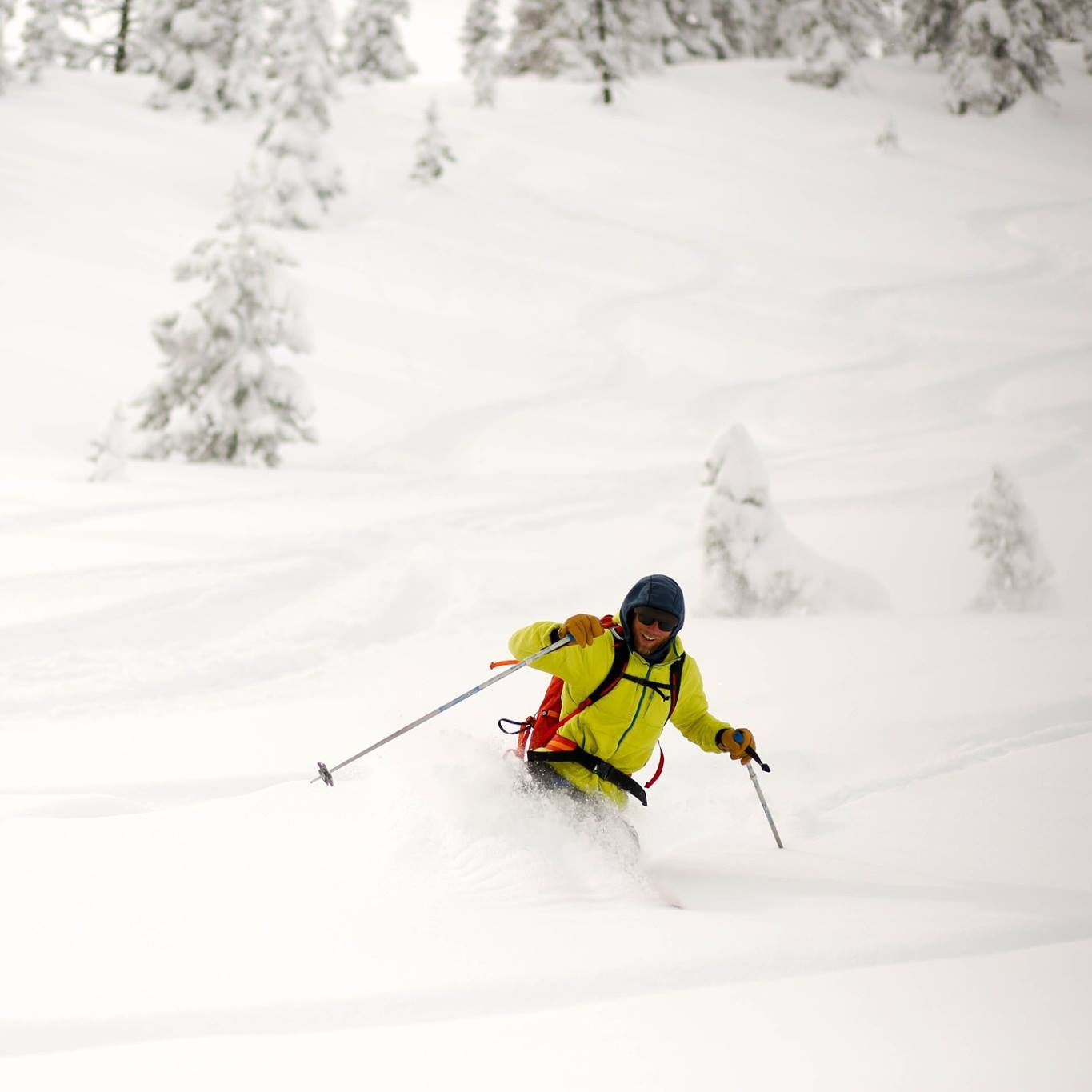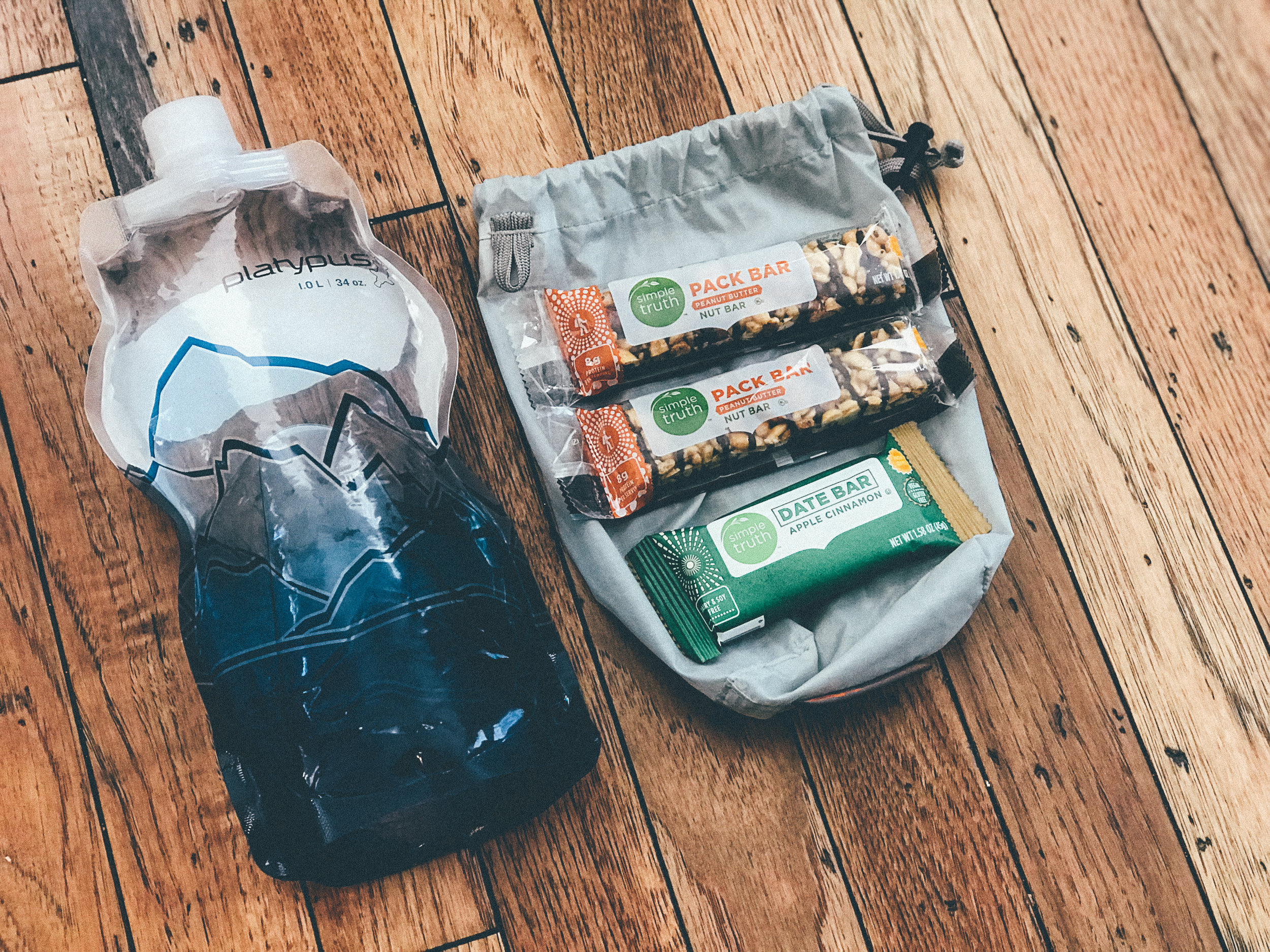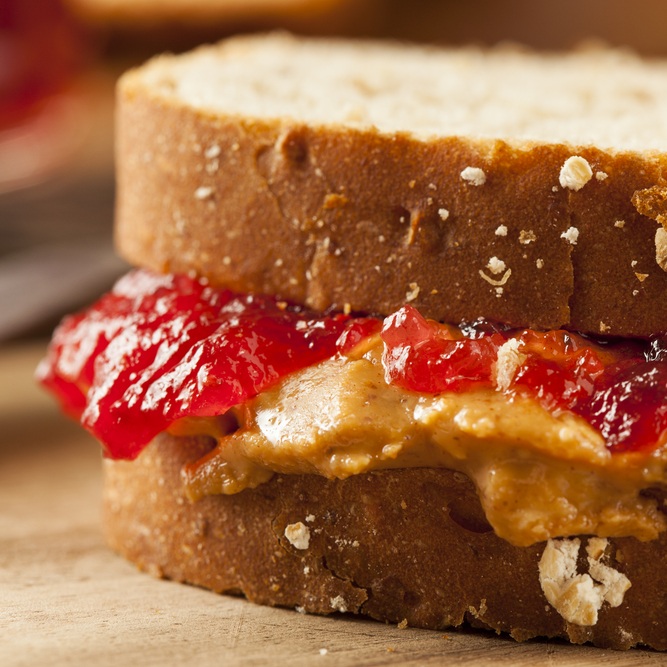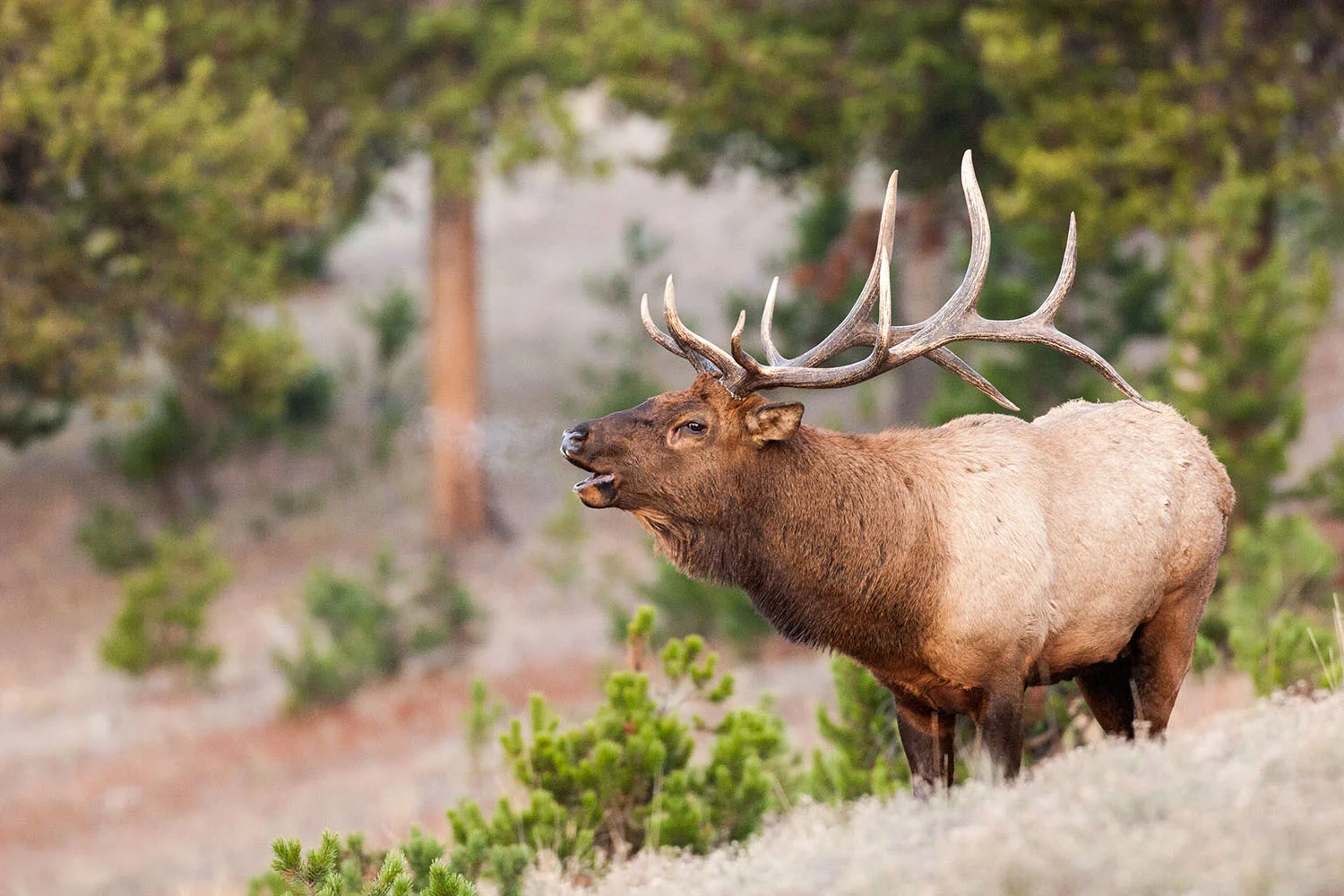Hi My name is Devin,
and I am a part-time backcountry ski guide for BVMA. I love ski guiding.
Part of the reason is because I love backcountry skiing. Being a backcountry ski guide also gives me the chance to share the experience of backcountry skiing with others. Seeing smiles on our guests’ faces when they get to experience limitless powder skiing in the backcountry for the first time is the best. Thankfully, my day job also involves time in the snow. I am lucky enough to ski patrol at Copper Mountain. One of the most rewarding parts of ski patrolling to me is avalanche mitigation work. In this post, I will explain what we do at the resort to mitigate risk of avalanches, and share how that affects my decision making in avalanche terrain as your ski guide!
A ski resort is just a mountain.
Without the hard work of ski patrollers, resort terrain is just as susceptible to avalanches as any other mountain.
To keep Copper Mountain safe, ski patrollers do their best to take all of the instabilities in a snowpack and neutralize them. Avalanche mitigation is done in many ways. The most common (and popular) approach is to blow up these instabilities. Explosives are used to break up slabs and collapse any hidden weak layers that might cause an snow to slide. Other tools in a ski patroller’s tool box for avalanche mitigation are ski cutting, cornice kicking, and boot packing. Everyday I show up to work and hang out in avalanche terrain so that skiers at Copper Mountain can have fun on the hill with reasonably low avalanche danger. This means that I spend a lot of time working in avalanche terrain in my day job. Sometimes it takes effort to switch my mind from being a ski patroller, where my job is to go into avalanche terrain, to guide mode, where my job is to avoid being in avalanche terrain.
My day job as a ski patroller affects my ski guiding and decision making in avalanche terrain in multiple ways
I’m woking in the snow almost everyday
I get an in depth history of the snowpack and the work done to prevent avalanches it in any given area on the mountain.This gives me confidence to move in avalanche terrain at work. When it comes time to move around the backcountry, I remind myself that I’m working on a different snowpack with a different history, so I need to change the way I make decisions. The solution is to make very conservative decisions when guiding.
I’m familiar with how an avalanche looks and feels
An advantage to doing all of this work is knowing what an avalanche looks like and what it feels like. As a ski patroller I have intentionally started hundreds of avalanches. I know what it feels like when a weak layer collapses. I know what serious wind loading looks like. I can look at a slope and use my experience to judge what might happen if I ski a slope. I can bring this knowledge to ski guiding.
I get to work with people who have been in the industry for years.
Some of them have been patrolling for a long time. Some have been guides themselves. It is a huge advantage to be able to look at conditions with a 25 year snow worker and get their opinion. The people I patrol with are always ready to share knowledge and experience with me. I can ask questions on anything from snowpack observations to how weather will affect the snowpack, to safe travel practices, and their near miss experiences. I can take their knowledge and experiences and use those things to help me be an even better guide.
I’d love to share more about avalanche terrain and decision making in it, so if I’m your guide with BVMA, be sure to ask! There is always more to learn, and endless powder to ski!
Get into the backcountry with BVMA
#BVMA #BVbackcountry #SkiBV #GoThereStartHere #BuenaVistaCO





![[Figure 2]](https://images.squarespace-cdn.com/content/v1/597041d45016e18c5166f6a8/1567173668866-6VKW3C2VT2H4KXWVL6YM/Guiding+Demali)
![[Figure 3]](https://images.squarespace-cdn.com/content/v1/597041d45016e18c5166f6a8/1567173777388-RNWL7MJTZ2XWT80NE9DN/Summiting+Denali)
![John MacKinnon [Figure 4]](https://images.squarespace-cdn.com/content/v1/597041d45016e18c5166f6a8/1567173888465-5JCV3ETBXGXYE6H7A7BF/Summing+Denali)
![[Figure 2]](https://images.squarespace-cdn.com/content/v1/597041d45016e18c5166f6a8/1555264443640-SI2P6M5HY1ILG0PCZ7GZ/corn+snow.png)
![[Figure 3]](https://images.squarespace-cdn.com/content/v1/597041d45016e18c5166f6a8/1555264768149-14AE8RC6YXBDTYTBOXOK/Spring+Skiing+Buena+Vista+CO.JPG)
![John MacKinnon [Figure 4]](https://images.squarespace-cdn.com/content/v1/597041d45016e18c5166f6a8/1555264885896-WDZTF6CCBDKQZEP282DI/John+MacKinnon+BVMA.JPG)
























